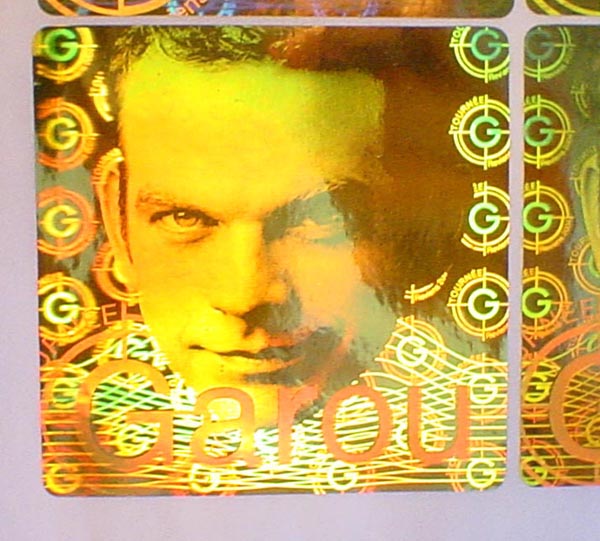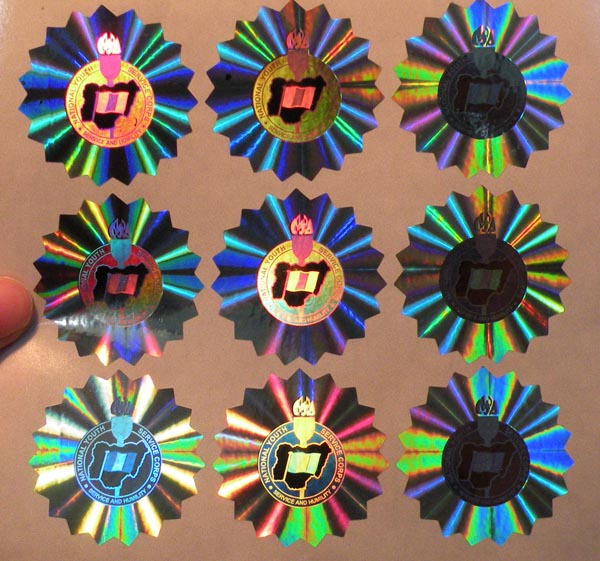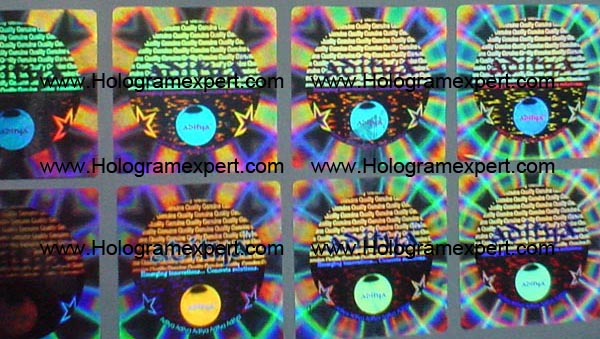The History and Development of Holography 1948, Dennis Gaibo Ti a method of recording the amplitude and phase of the lightwave, and subsequently confirmed by experiments that this idea, i.e. holography, and made into a hologram of the world's first. Gabe has had the idea to improve the resolution of electron microscopy, though not confirmed by electron waves its principle, but confirmed with visible light.
The end of the 1950s, the hologram is produced with the following common characteristics: the hologram are mercury lamp as a light source; and the so-called coaxial hologram that is made from the first holographic photo object and reference beams in an optical road obtained hologram. The hologram of this period is called a first generation hologram, budding marks holography.
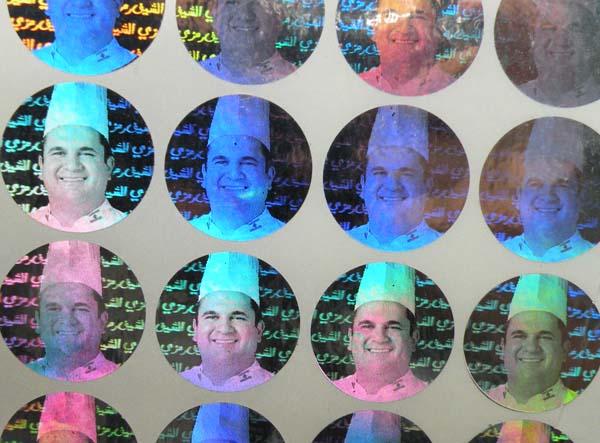
First generation hologram there are two serious problems, one is reproduced the original image and conjugate like inseparable, and the other is the source coherence bad. So in more than a decade, the slow progress of holography.
In 1960, the emergence of the laser beam, there is provided a high degree of coherence light source, which provides the possibility of the development of holographic techniques. Problems for the first generation hologram technology, Leith and upa Tenix, (1962) proposed that the carrier frequency in Communications Theory concept to the airspace, with the off-axis of the reference light and physical optical interferometer to form a hologram, reuse of the off-axis of the reference light irradiating the hologram, the hologram to produce the three separated from each other in the space of the diffraction component, wherein a copy of the original object beam. This method is referred to as off-axis holography, which is the second phase of the development of holography.
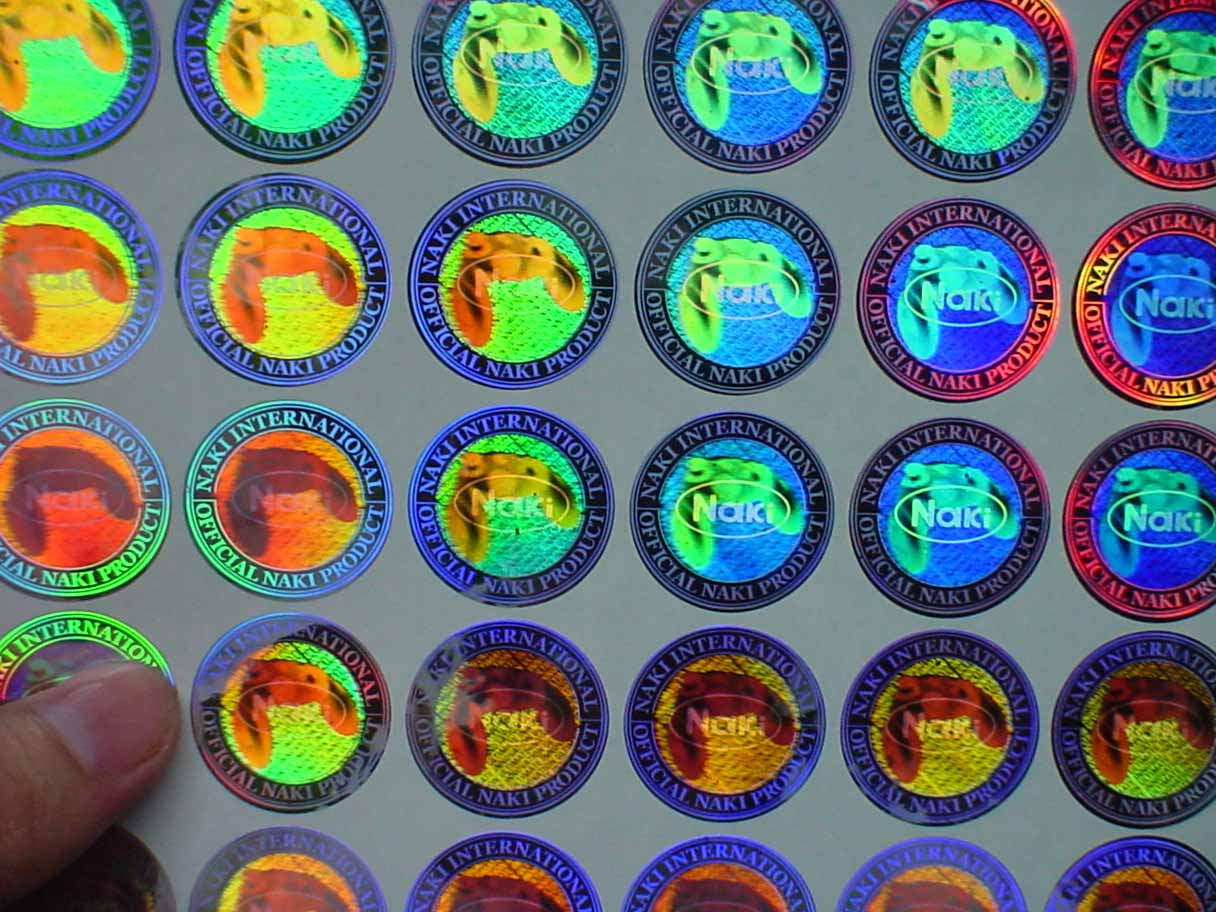
The second generation of holography solve the problem of the light source, and in the three-dimensional imaging, interfere with the guide to the significant progress in the fields of application of the measuring and testing, the information storing, but a hologram of the laser reproducing lost the tone information.
Scientists began working for the third generation of holograms. This is a laser recording, reproduction with white light hologram, and under certain conditions given hologram in vivid colors.
Third generation holography has been applied in many fields, for example: like the hologram, reflective holographic rainbow hologram embossed hologram etc..
The height of the laser coherence, to the relative position of various elements, the light source and the recording medium strictly maintain unchanged the holographic recording process, which also brings various inconveniences to the actual use of holographic techniques.
.JPG)
So, the scientists back to continue to explore the possibility of white record. The fourth generation of the hologram should be white white recording reproducing holograms, it will make holography ultimately out shockproof darkness laboratory workbench, into a more extensive practical field.
History of Hologram
Holography dates from 1947 , when British (native of Hungary) scientist Dennis Gabor developed the theory of holography while working to improve the resolution of an electron microscope.Gabor coined the term hologram from the Greek words holos, meaning "whole," and gramma, meaning "message". Further development in the field was stymied during the next decade because light sources available at the time were not truly "coherent" (monochromatic or one-color, from a single point, and of a single wavelength).
|
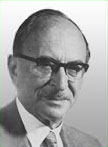
Dr. Dennis Gabor |
This barrier was overcome in 1960 by Russian scientists N. Bassov and A. Prokhorov and American scientist Charles Towns with the invention of the laser, whose pure, intense light was ideal for making holograms.
In that year the pulsed-ruby laser was developed by Dr. T.H. Maimam . This laser system (unlike the continuous wave laser normally used in holography) emits a very powerful burst of light that lasts only a few nanoseconds (a billionth of a second). It effectively freezes movement and makes it possible to produce holograms of high-speed events, such as a bullet in flight, and of living subjects. The first hologram of a person was made in 1967 , paving the way for a specialized application of holography: pulsed holographic portraiture. |
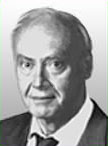 |
In 1962 Emmett Leith and Juris Upatnieks of the University of Michigan recognized from their work in side-reading radar that holography could be used as a 3-D visual medium. In 1962 they read Gabor's paper and "simply out of curiosity" decided to duplicate Gabor's technique using the laser and an "off-axis" technique borrowed from their work in the development of side-reading radar. The result was the first laser transmission hologram of 3-D objects (a toy train and bird). These transmission holograms produced images with clarity and realistic depth but required laser light to view the holographic image. |
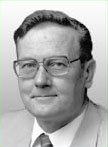 |
Their pioneering work led to standardization of the equipment used to make holograms. Today, thousands of laboratories and studios possess the necessary equipment: a continuous wave laser, optical devices (lens, mirrors and beam splitters) for directing laser light, a film holder and an isolation table on which exposures are made. Stability is absolutely essential because movement as small as a quarter wave- length of light during exposures of a few minutes or even seconds can completely spoil a hologram. The basic off-axis technique that Leith and Upatnieks developed is still the staple of holographic methodology.
Also in 1962 Dr. Yuri N. Denisyuk from Russia combined holography with 1908 Nobel Laureate Gabriel Lippmann's work in natural color photography. Denisyuk's approach produced a white-light reflection hologram which, for the first time, could be viewed in light from an ordinary incandescent light bulb. |
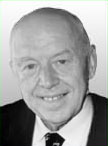 |
Another major advance in display holography occurred in 1968 when Dr. Stephen A. Benton invented white-light transmission holography while researching holographic television at Polaroid Research Laboratories. This type of hologram can be viewed in ordinary white light creating a "rainbow" image from the seven colors which make up white light. The depth and brilliance of the image and its rainbow spectrum soon attracted artists who adapted this technique to their work and brought holography further into public awareness.
Benton's invention is particularly significant because it made possible mass production of holograms using an embossing technique. These holograms are "printed" by stamping the interference pattern onto plastic. The resulting hologram can be duplicated millions of times for a few cents apiece. Consequently, embossed holograms are now being used by the publishing, advertising, and banking industries.
|
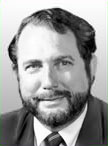 |
In 1972 Lloyd Cross developed the integral hologram by combining white-light transmission holography with conventional cinematography to produce moving 3-dimensional images. Sequential frames of 2-D motion-picture footage of a rotating subject are recorded on holographic film. When viewed, the composite images are synthesized by the human brain as a 3-D image.
In 70's Victor Komar and his colleagues at the All-Union Cinema and Photographic Research Institute (NIFKI) in Russia, developed a prototype for a projected holographic movie. Images were recorded with a pulsed holographic camera. The developed film was projected onto a holographic screen that focused the dimensional image out to several points in the audience.
Holographic artists have greatly increased their technical knowledge of the discipline and now contribute to the technology as well as the creative process. The art form has become international, with major exhibitions being held throughout the world. |
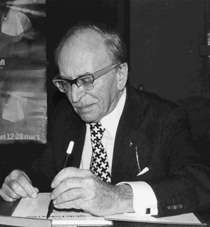 |
|
![]() English
English ![]() French
French ![]() German
German ![]() Spanish
Spanish ![]() Portuguese
Portuguese ![]() Italian
Italian ![]() Russian
Russian ![]() Romanian
Romanian ![]() Bulgarian
Bulgarian ![]() Hungarian
Hungarian ![]() Czech
Czech ![]() Danish
Danish ![]() Suomi
Suomi ![]() Turkish
Turkish![]() Swedish
Swedish![]() Norwegian
Norwegian![]() Slovenian
Slovenian ![]() Polish
Polish![]() Croatian
Croatian ![]() Slovak
Slovak ![]() Maltese
Maltese ![]() Lithuanian
Lithuanian![]() Latvian
Latvian![]() Slovak
Slovak ![]() Afrikaans
Afrikaans ![]() Arabic
Arabic ![]() Chinese(S)
Chinese(S) ![]() Chinese(T)
Chinese(T) ![]() Japanese
Japanese ![]() Korean
Korean ![]() Vietnamese
Vietnamese ![]() Thai
Thai ![]() Malay
Malay ![]() Indonesian
Indonesian







